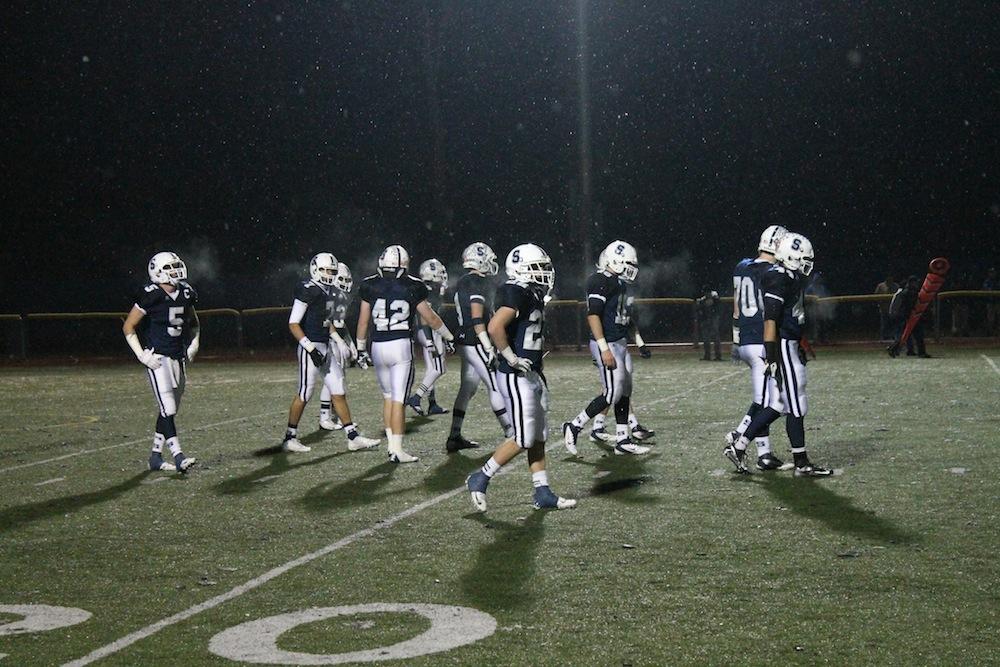Nicole Brill ’11, along with over 60 students in her graduating class, made the decision to become a collegiate athlete. At Bates College, Brill plays both varsity soccer and basketball, and this commitment has drastically changed her college experience from the average student. “I spend anywhere from 15-30 hours each week with my teams,” Brill said. “Last week with basketball was unusual, but I spent 16 hours on a bus ride to Hamilton College, then another 10 hours to a Northern Maine school.” Due to the level of intensity and commitment that college varsity teams demand, many talented Staples athletes have made the decision to forgo the recruiting process. Field hockey co-captain Caroline Kearney ’12 thoroughly enjoyed her athletic experiences at Staples, but she along with many other athletes halted the recruiting process after considering the competitive nature of college sports. “I realized I didn’t love the sport as much as I should in order to pursue it in college because it’s just so competitive,” Kearney said. Brill affirmed Kearney’s view, saying that because all athletes are at the same skill level in college, this increases the intensity of practices. This intensity demands athletes dedicate more time and effort to developing their skills and becoming faster and stronger. When looking to play a varsity sport in college, another issue that drives students away from the recruiting process is the lack of control over which schools are interested in them. Schools that are interested in a student’s athletic abilities may not be the same schools the student is interested in terms of academics, size, and location. Co-captain of the boys baseball team, Jimmy Kopack’ 12, said that a few schools contacted him beginning in his junior year, but he decided to turn down their offers. “At first I did have an interest in playing in college, but I ended up deciding not to play because many of the schools that I could attend for baseball were either very small or in places I did not want to go,” Kopack said. Kopack had been contacted by coaches from Union College, Bates College, Endicott College, and Roger Williams University (all colleges with under 4,000 undergraduate students) before he decided to not play baseball in college. “I got caught up in the baseball hype and wasn’t really thinking of why I wanted to go there besides baseball,” Kopack said. Athletic Director Marty Lisevick said this is a common issue among student athletes. “Many of our athletes can easily play at a division III school, but choose to go to a big state school like University of Michigan or Ohio State due to personal preference or academic level,” he said. In addition to types of schools, student athletes must also consider how the recruiting process can change their entire college application process. Girls Volleyball and Lacrosse co-captain Kenzie Roof ’12 said she would have had to consider the added difficulties of emailing coaches, playing in tournaments, and visiting even more schools if she had decided to pursue athletic recruitment. “Many of my friends decided to play in college so I’ve been around the process firsthand,” Roof said. “It’s very time consuming, and it has to be started around a certain time.” While a majority of Staples athletes may be hanging up their gear when they go to college, they remain fond of their memories on Staples teams. “It was amazing to play in high school, and I’m sure that playing in college would never have been able to match up to how much I loved playing at Staples,” Kearney said.
Categories:
Declining the Offer: For some, playing in college does not appeal
0
More to Discover














































